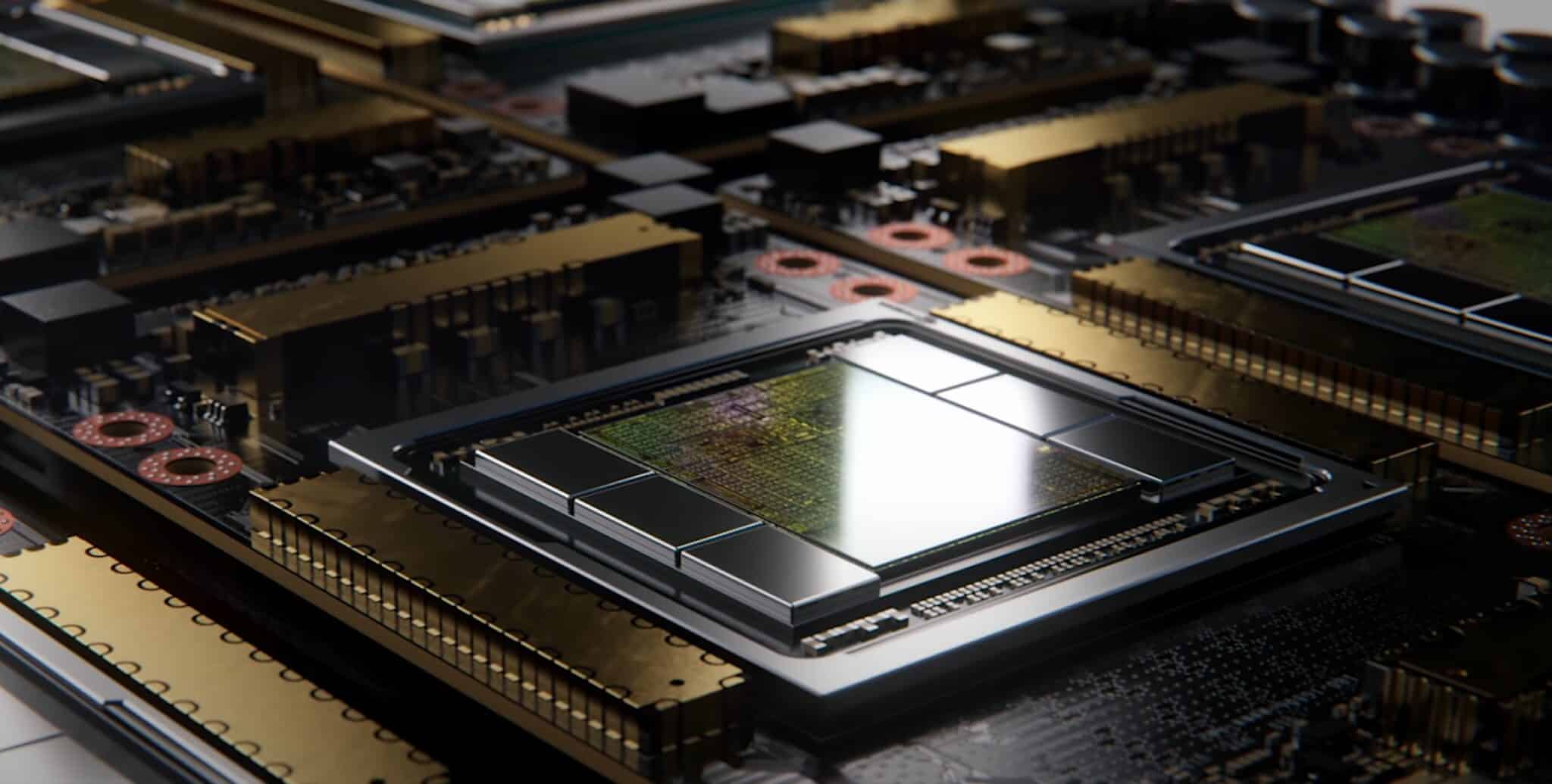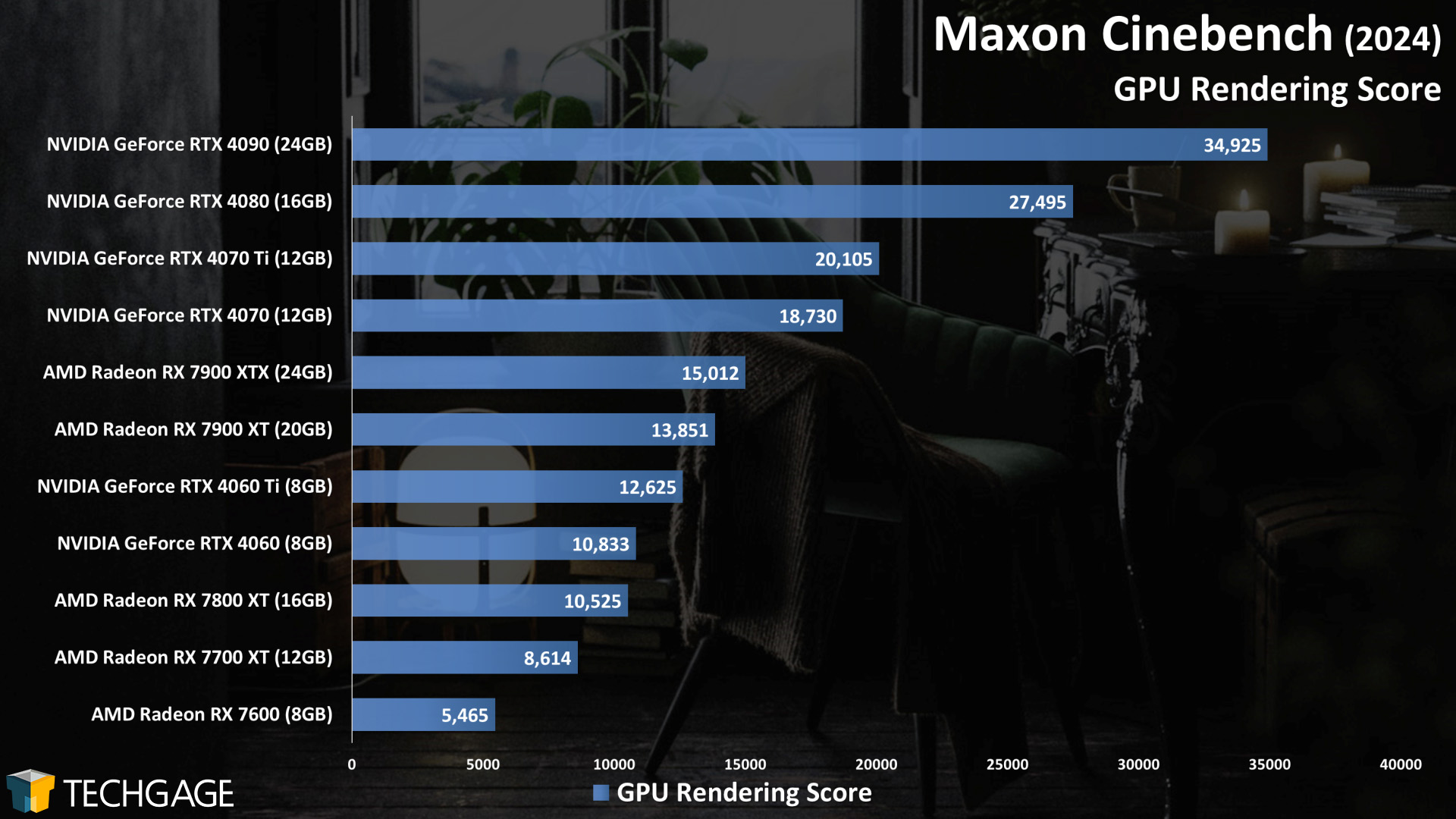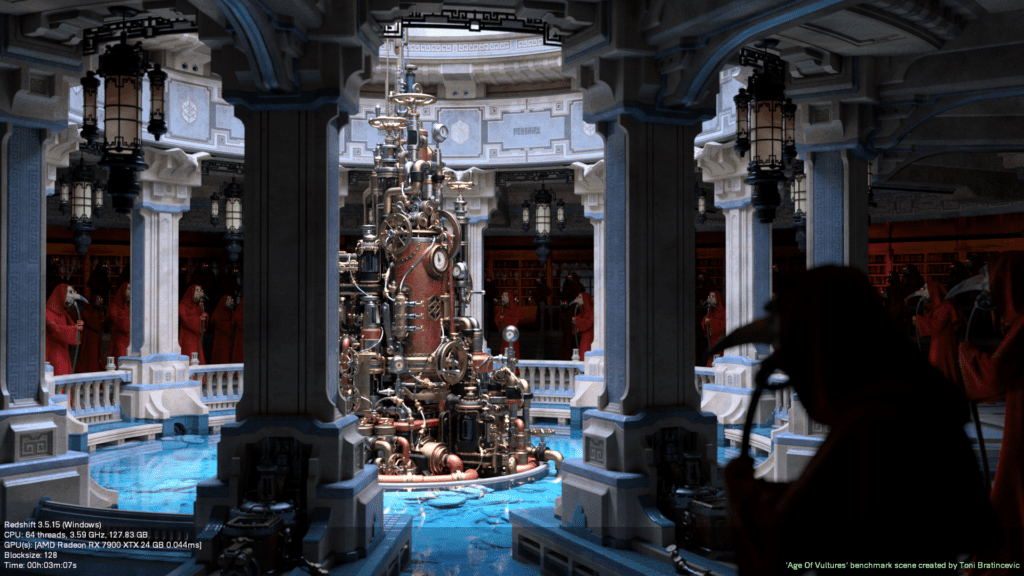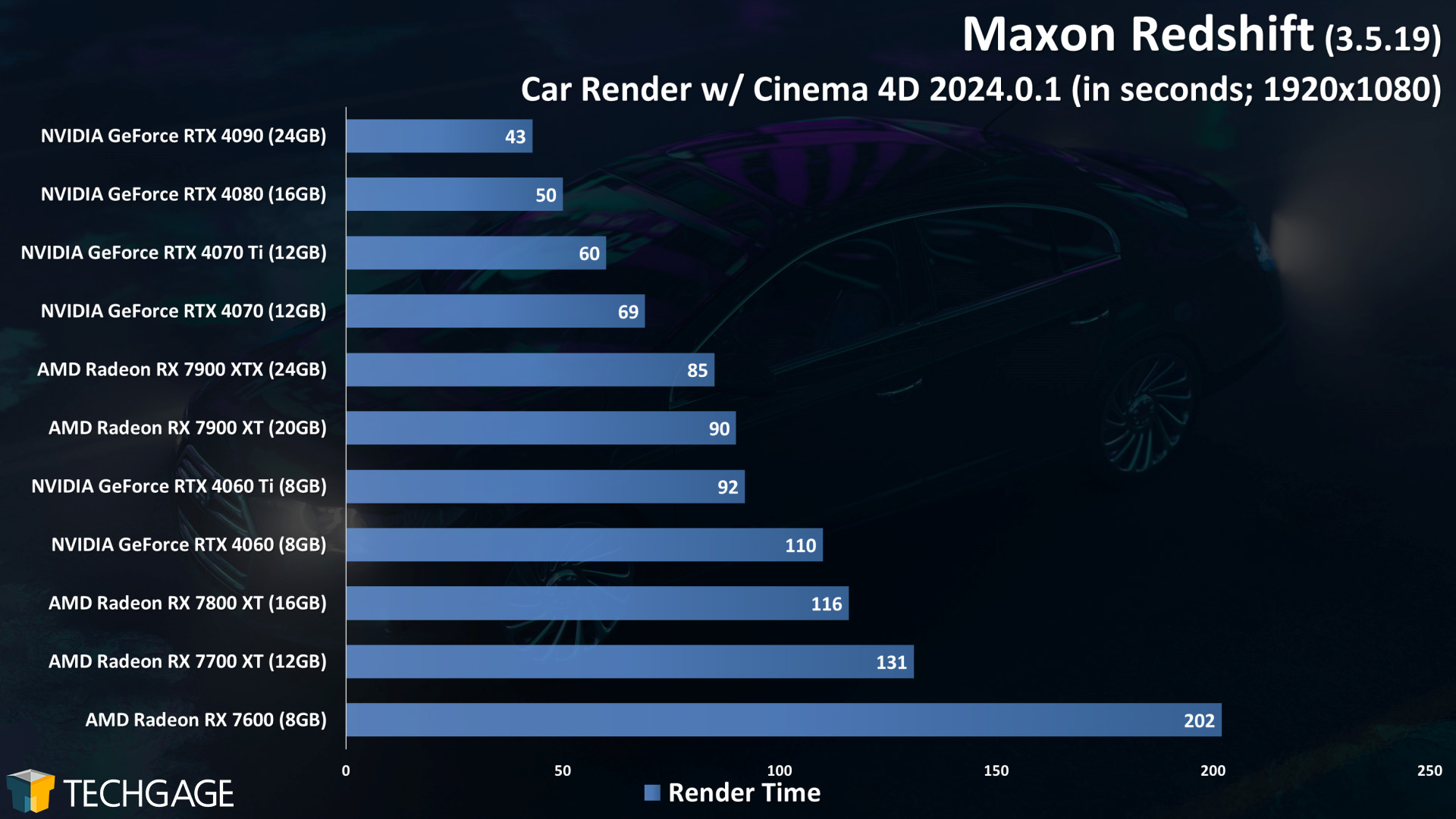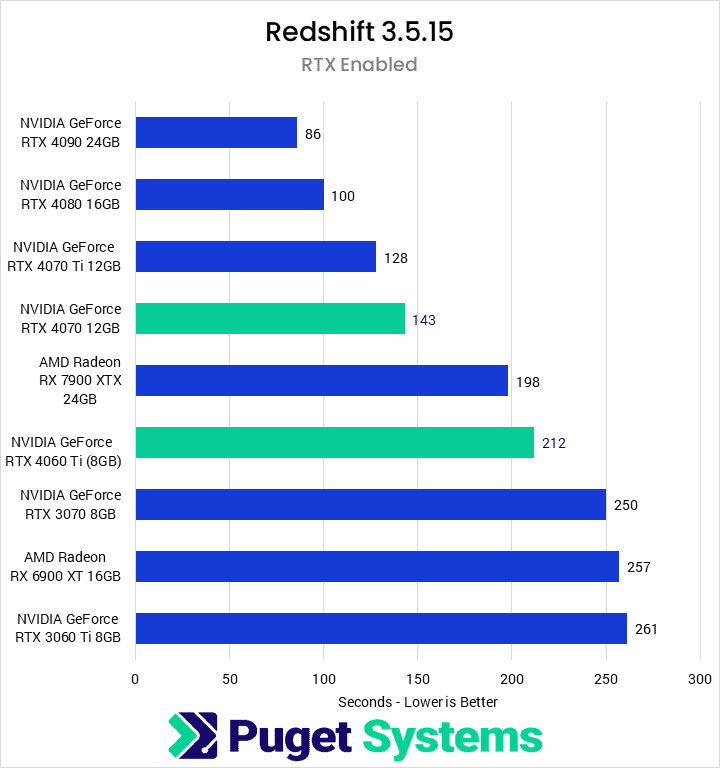This week, EuroHPC confirmed that Nvidia was supplying the accelerators for the GPU Booster modules that will account for the bulk of the computational power in the Jupiter system.
To get 1 exaflops sustained Linpack performance, we think it might take 60,000 H100 PCI-Express H100s, which would have a peak theoretical FP64 performance of around 1.56 exaflops; on FP16 processing for AI on the tensor cores, such a machine would be rated at 45.4 exaflops. All of these numbers seem impossibly large, but that is how the math works out. Moving the SXM versions of the H100 would double the watts but only boost the FP64 vector performance per GPU by 30.8 percent, from 26 teraflops to 34 teraflops in the most recent incarnations of the H100 (which are a bit faster than they were when announced in the summer of 2022). Moving from 350 watts to 750 watts to get tighter memory coupling and a little less than third more performance is a bad trade for an energy-conscious European exascale system.
...
There is also a chance that Jupiter is based on the next-gen “Blackwell” GPUs, which could be a doubled-up GPU compared to the Hopper H100s with a much lower price and much fewer of them. So maybe it is more like 8,000 nodes with a Blackwell, which works out to 32,000 GPUs. We expect for Blackwell to be Nvidia’s first chiplet architecture, and that would help drive the cost down as well as the number of units required.

www.theverge.com


